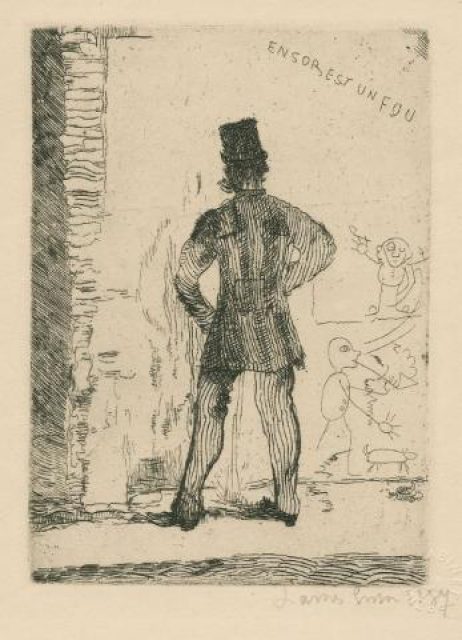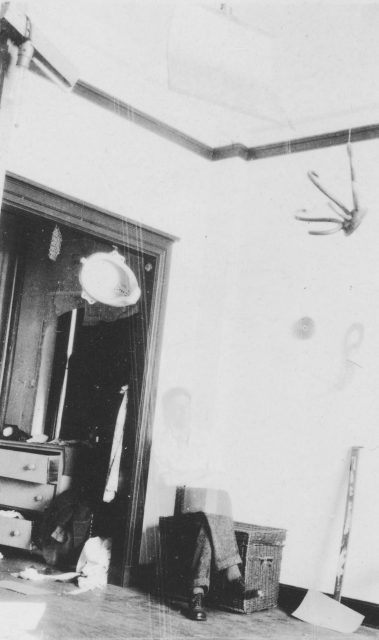I imagine women’s restrooms as places of intimacy and secrecy. Stalls remain closed, and even the traces left behind — scents, stains — carry an anonymity, as you never know who exactly was the culprit.
Men’s toilets are structured differently. The pissoir, open by design, allows no such discretion. The urinal is perhaps the male device par excellence — unapologetically functional, slightly ridiculous in shape. It functions like a strange kind of stage. The act of urinating, while briefly meditative and introverted, is echoed in the posture of the urinator: back turned, head bowed, eyes fixed on the wall. It’s a vaguely shameful stance, like a schoolboy punished in some bygone classroom. Standing side by side while urinating breaches personal space, yet creates a strange complicity.
Public toilets usually don’t have prominent windows. An outside view is unimportant. They’re replaced by mirrors, reflecting you back at yourself, or offering the occasional glimpse of a fellow urinator. Being watched can create an effect that might best be described as urinal stage fright — shy bladder syndrome. And yet, there’s something inherently performative about the setting, a latent exhibitionism that hasn’t gone unnoticed by artists.
Urine and urination have been explored by numerous artists. I remember at least three films about painters where they mark their disregard for convention by urinating in inappropriate places: Jackson Pollock peeing in Peggy Guggenheim’s fireplace, Jean-Michel Basquiat urinating in a hallway in Julian Schnabel’s Basquiat, and Kirk Douglas as Van Gogh relieving himself onscreen in Lust for Life.
In effect, public urination might be the easiest rebel act. Vandalism on a small scale. Urine doesn’t carry the disgraceful smell or texture of faeces, but it can still be used to show your attitude toward society, or to promote a soft sort of anarchy. A minor descent into the animal world.
Such gestures flirt with disorder. The toilet, by contrast, is a structure of order, built to contain and to civilise. Still, it is a place where concept and reality often diverge.
There used to be a public toilet close to where I lived in my later years of adolescence that reflected this tension with unusual clarity. The toilet house itself was quite pretty from the outside, resembling a half-timbered hut. In fact, it was placed under monument protection in the ’90s. The inside was small and dirty, and there was no way to know who you’d meet when you entered. A reminder that even the prettiest toilet might reek of urine.












